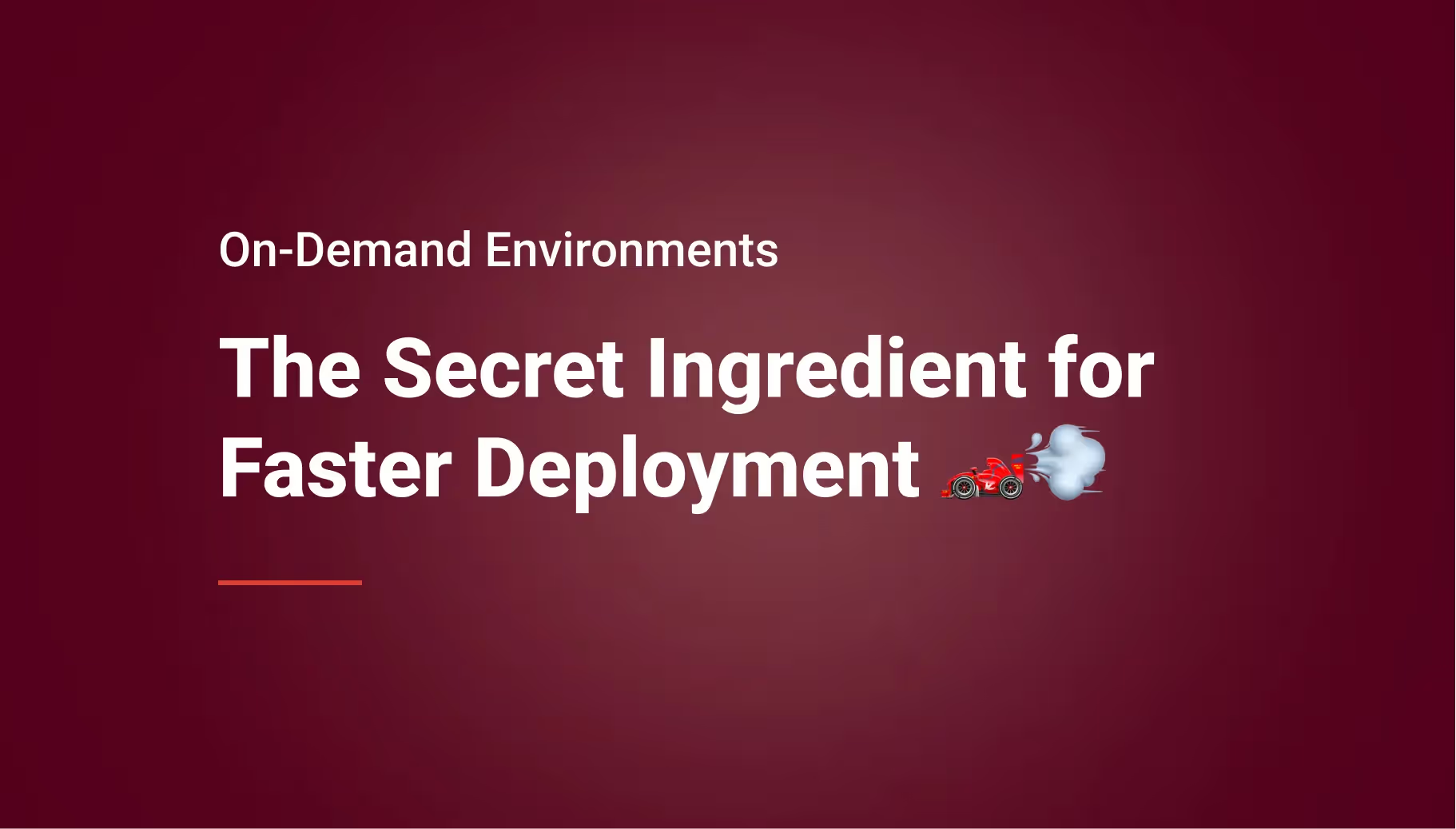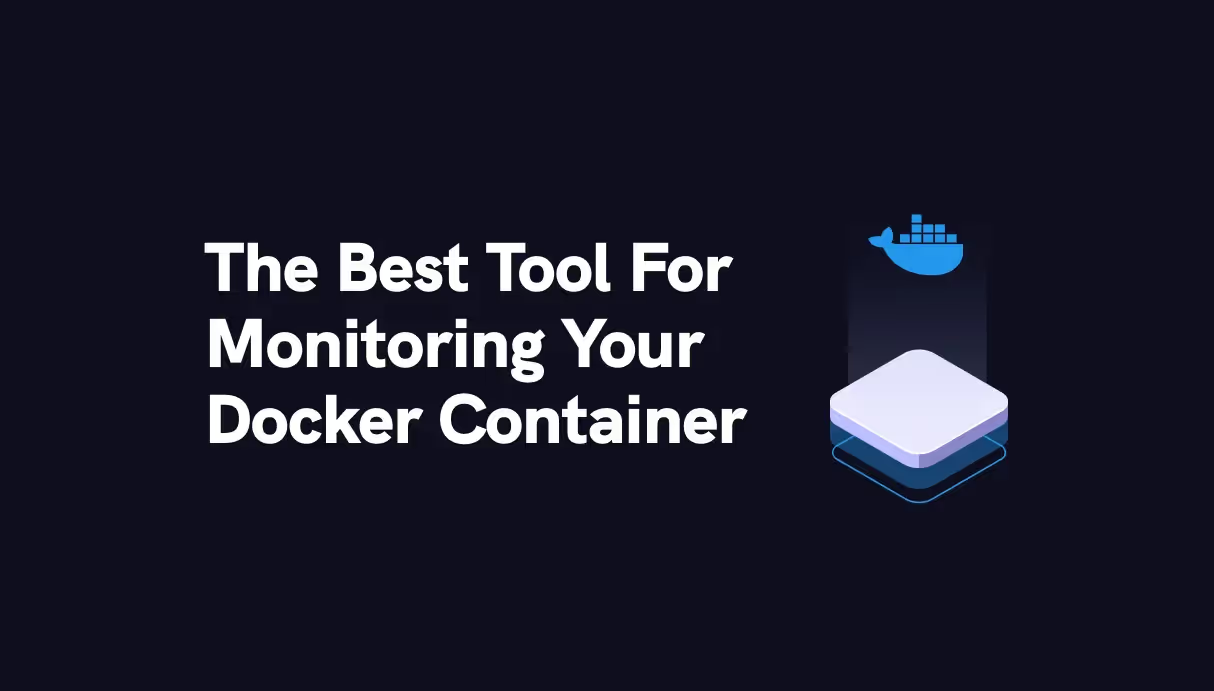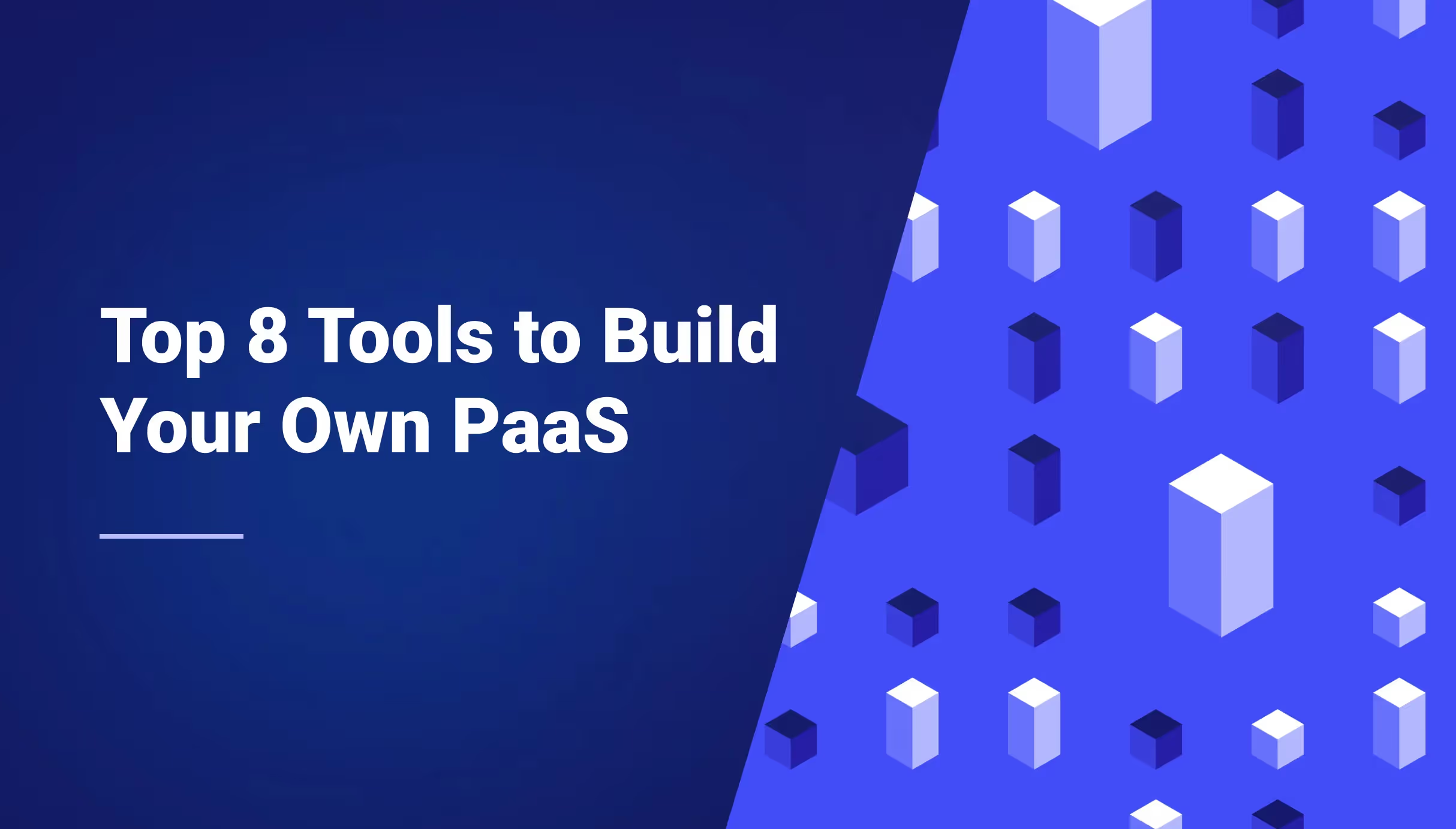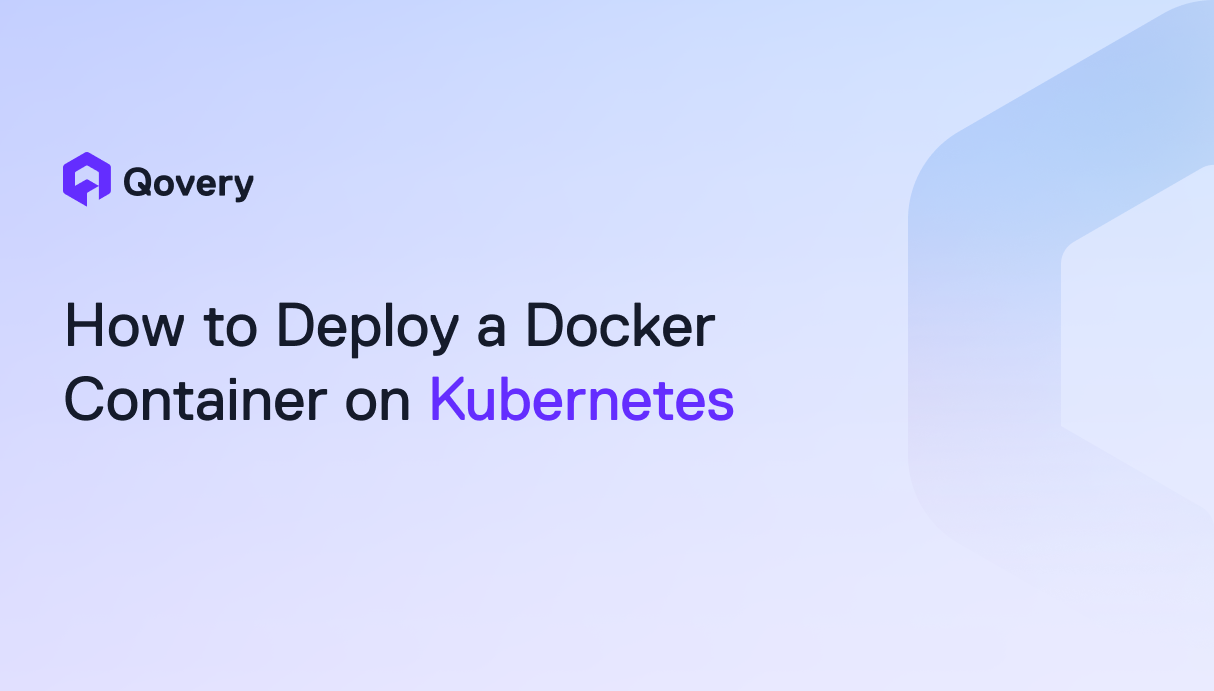


The Secret Ingredient for Faster Deployment: Use On-demand Environments



The first challenge you will face is successfully setting up different deployment environments in this faced paced agile software culture. Setting up a deployment environment takes skills, time, and attention to detail. You have to take care of all the dependencies, including database, configuration, third-party integrations, security, etc. All these things need to be spot on for a successfully provisioned environment. Usually, DevOps teams prepare a shared staging environment instead of creating different environments for testing different features. Since there is no way for individual features to be tested before they a merged, so shared staging environment is the first place where features are tested for the first time. This results in a lot of code breaks and feature conflicts in a staging environment. It slows down the testing and mutual collaboration among testers, product managers, developers, and other stakeholders. This deprives your product of important feedback and timely reviews. The quality of your product starts to degrade, and you cannot scale your business at all. You can ask the DevOps team to create more environments but creating different environments take valuable time and effort. And because this effort is all manual, it is highly vulnerable to errors. What if I tell you that all these problems can be solved with this new sheriff in town called “On-demand” environments?
What is an On-Demand Environment?
An on-demand environment is a full fledge deployment environment that is created temporarily so that one feature or bug fix could be tested in isolation without worrying about its dependency on other development work. Your on-demand environment can be a replica of your production, staging, UAT, or any other environment you define. The good thing about an on-demand environment is that it allows developers to launch an entire fledge environment on their own, without troubling the every-so-busy DevOps team. With just a click of a few buttons, the environment is up and running with all the dependencies like configuration, database, libraries, etc. You can run multiple on-demand environments simultaneously and shut down once you complete testing. It is important to note that you can test any feature on this environment before it is merged into the master branch. This results in immense benefits to your deployment process in which the teams are involved daily. Let’s discuss some of the benefits below.
5 Ways On-Demand Environments Can Speed up the Deployment Process
Unlock Your Testing Potential
The On-demand environments are ideal for different kinds of quality assurance tests including performance testing, usability testing, cross-browser and cross-platform testing, etc. For example, you can create an on-demand replica of your UAT environment to perform usability testing of a particular module or feature. You can configure your on-demand environment to test your application on different platforms. Usually, load testing tools make the environment un-usable because of the nature of the simulated load. The on-demand environment is a perfect solution to this problem. Utilizing on-demand environments for different types of QA and performance tests will take your testing potential to next level.
Faster Time to Market your Product
As you can test your product faster and test each feature in isolation, your releases are now faster. This gives you the ability to release your product to market earlier than your competitors who are not using an on-demand environment.
Increase Developer’s Productivity
With On-demand environments, You can provision a test environment, in a few simple steps, without going into the complexity of infrastructure, configuration, data sources, etc. This decreases the burden on your DevOps team. The development teams become self-reliant and confident that they can take the product to the next level on their own. On-demand environments help your development teams gain excellence with minimal effort.
Increase Product Quality
On-demand environments make a big difference in the quality of your product. The temporary environment allows different stakeholders to review a single feature in isolation. Whether it is QA, UX designer, product owner, UI developer, etc., they can provide valuable feedback on a new feature running in an on-demand environment. The result is a superior product, bound to please your customers.
Save Time and Money
On-demand environments also reduce your bills. In a traditional approach, valuable time was spent not only in setting up different environments but in debugging different issues and finding the root cause of a feature conflict due to a shared testing environment. Now this time is saved, and so is your bill.
The fact that on-demand environments are temporary means the infrastructure is also temporary. This is in contrast to the traditional environments, which had permanent infrastructure. On-demand environments save your infrastructure cost big time. That gives you the opportunity to spend the saved cost on some innovative product ideas or even some exciting R&D concept for your product.
Why Setting Up Proper Environments is Critical.
Proper environment management is crucial for better team productivity and rapid product releases. In the previous example, if the testing environment is occupied because automation test cases are running and the testing team is waiting, that is inefficient environment management. And in the case of a complex product with many dependencies and third-party integrations, the ability to create staging or production replicas through an on-demand environment can take your product development to the next level.
Manual Vs. Automated Test Environments
Consider the effort, time, and skills needed to manually set up a complex deployment environment. The DevOps team would have to create and maintain scripts based on the environment information received from developers. It would take many iterations to finally set up a completed working environment. Manual environment provisioning is a tedious job and is prone to human errors. It cannot be scaled as well. Another option is to take advantage of Infrastructure as code (IaC). Terraform and AWS’s cloud formation have been two top choices. However, the environments provisioned through the IaC had a permanent infrastructure, and it takes much effort to set them up as a faithful replica of an existing environment. Sometimes the time to troubleshoot an IaC-based environment is more than the time to manually set up a similar environment. The traditional environment management through manual efforts has many pain points discussed at the start.
On the other hand, on-demand environments are automated; they bring loads of benefits to teams. They reduce manual efforts and operation costs and keep human errors to a minimum. At the same time, you can scale your automation testing and get a competitive edge for your product. As the on-demand environment is automated, so it frees us bandwidth for DevOps teams. The developers and QA engineers also get a sense of autonomy and achievement when they can provision these environments themselves and close them down after their need is fulfilled. The productivity of development teams is increased tremendously.
Wrapping Up
On-demand environments solve many problems related to rapid environment provisioning. Whether it is urgent bug fixes or a new feature release, businesses need a quick way to spin up a deployment environment. On-demand environments increase productivity, improve team collaboration, reduce your costs, and you can deliver resilient and high-quality products to your customers. This all sounds too good, so you need a solution that really does that. A modern DevOps automation tool like Qovery can help you tap into all the goodness of automated test environments. Let’s see how Qovery’s on-demand environment lets you reap all these benefits, primarily if your product is hosted on the cloud.
How Qovery Can Help With the On-Demand Environment
Qovery provides an environment as service (EaaS) to provide quick provisioning and de-provisioning of your environments. It is very fast, and you can have a fully working environment with just a few clicks, all on your AWS account. Whether it is production, staging, dev, UAT, or Preview Environments, you can create a replica environment remarkably fast. Qovery’s on-demand environments allow you to manage all your environments from one place and eliminate all the bottlenecks arising from manual environment provisioning.

Suggested articles
.webp)



.svg)
.svg)
.svg)












